Part 141 Flight Training: Top Benefits for Aspiring Pilots
Aug 12, 2025
Thinking about Part 141 flight training and if it’s for you? This article explains the structured approach, benefits and differences between Part 141 and Part 61 training. Learn how Part 141 can get you flying faster.
Key Takeaways
-
Part 141 training is highly regulated, structured and FAA approved curriculum to get you certified faster.
-
Students in Part 141 programs get reduced flight hours and cost effective training to get you flying faster and more affordable.
-
Employers prefer Part 141 schools because of the high standards and quality of instruction to get you career ready in aviation.
What is Part 141 Flight Training?
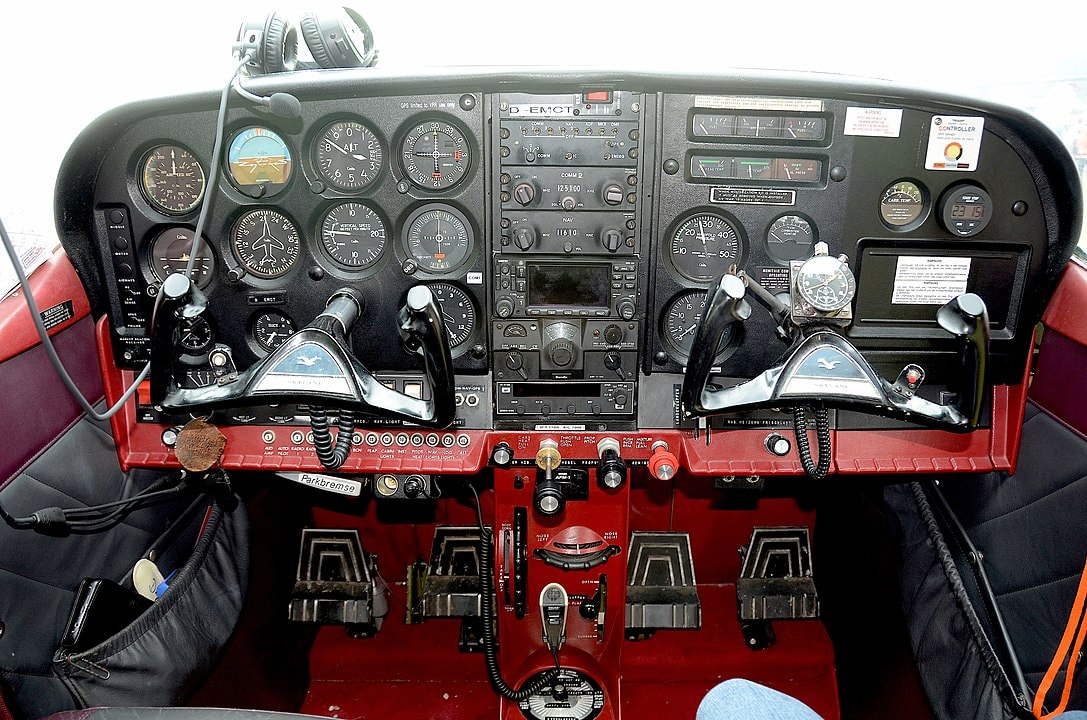
Part 141 flight training is governed by Title 14 of the Code of Federal Regulations (CFR), which is the aeronautics and space code. This means that Part 141 flight schools:
-
Operate under federal aviation regulations to ensure top notch training.
-
Must have a curriculum approved by the Federal Aviation Administration (FAA).
-
Make sure all lesson plans meet educational standards.
International students love Part 141 flight training because it’s structured and compliant. These programs are designed to meet FAA requirements quickly, so it’s a popular choice for getting FAA certified from abroad especially for those seeking FAA certification through an efficient and structured program.
The curriculum and classroom instruction is organized and mandatory so you get a full educational experience that prepares you for all aviation careers.
Key Differences Between Part 61 and Part 141 Flight Training
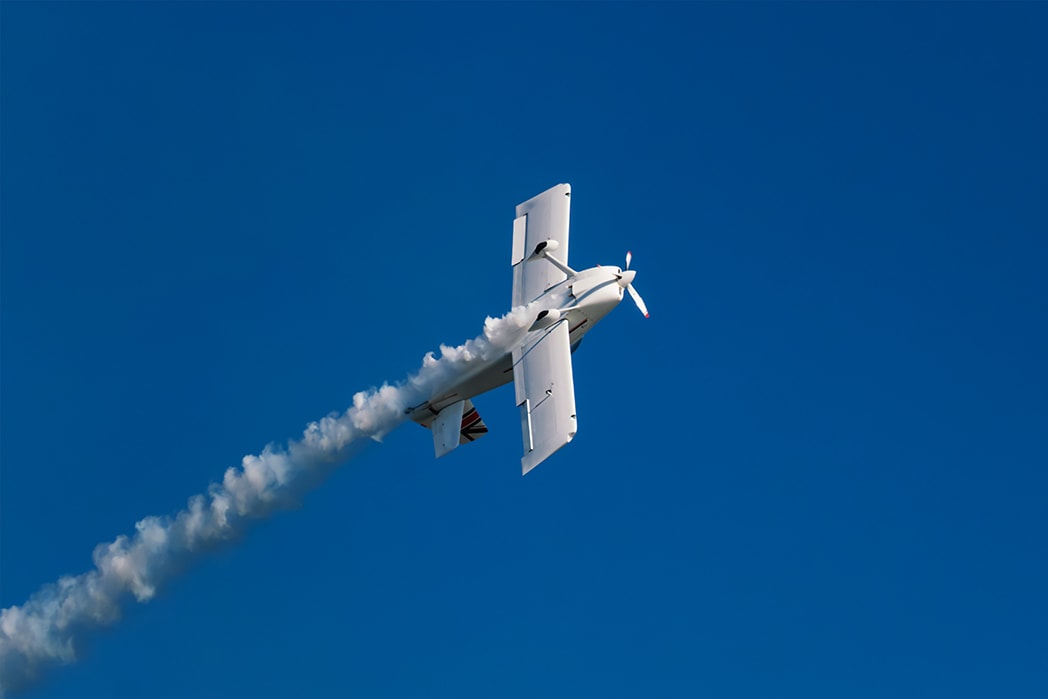
When deciding between Part 61 and Part 141 flight training
you need to know the differences. Both are types of flight schools governed by FAA regulations. Part 61 is more flexible, you train at your own pace. Part 141 is structured, you must follow a syllabus with classroom instruction and a sequence of lessons.
One big difference between Part 141 and Part 61 training is:
-
Minimum flight hours for certification: Part 141 requires fewer flight hours than Part 61 to get certified.
-
Training structure: Part 141 promotes group completion due to its structure.
-
Scheduling flexibility: Part 61 allows individual schedules.
Understanding the core differences in part 141 vs 61 flight training programs can help tailor your decision based on learning style, timeline, and career goals.
Knowing these differences will help you choose the right path for your aviation career. Part 141 is more structured so may be better for those who want to complete their training and get into the professional world of aviation sooner especially for operations that may later be conducted under part 91 regulations.
Structured Curriculum
Part 141 programs follow an FAA approved syllabus so everything is uniform. The structured curriculum covers all aspects of pilot training in a logical order.
Each lesson is planned and sequenced to build on the previous one so you have a comprehensive understanding of flight concepts and practices.
The structured curriculum helps with more effective training by giving you a clear outline of what needs to be learned and practiced according to the standards.
This way you stay on track and make steady progress towards your certifications. Unlike Part 61 schools which can have more variability in their programs, Part 141 ensures every student gets the same education.
Minimum Flight Hours Required
One of the big benefits of Part 141 flight training is the reduced minimum flight time required for certification.
For example to get a Private Pilot Certificate you need 35 hours under Part 141 vs 40 hours under Part 61. And the commercial pilot course under Part 141 requires 120 hours which includes both dual and solo flight time.
This reduction in flight time can save you time and money. You can achieve your goals faster while still meeting the FAA standards. For those building a career in aviation this is a big plus.
Cost Efficiency
Part 141 is known for being cost efficient because of its structured approach to required flight hours and pricing.
Fewer required flight hours and a fixed pricing structure makes Part 141 the smart way to go for aspiring pilots. Part 61 schools don’t have that predictability, costs can vary greatly based on individual pace and additional training needs.
Overall fewer flight hours and structured costs means students can get their certifications without breaking the bank.
This cost effective way allows students to focus on their training and not the financial burden, making it more affordable to become a pilot.
Types of Part 141 Training Courses
Part 141 flight training programs offer many different courses to meet different training needs. These include:
-
Recreational
-
Private
-
Instrument
-
Commercial
Each course is designed to provide the skills and knowledge for specific certifications so you’re well prepared for your future career.
The structure of these courses and FAA approval means you get a comprehensive and organized education. Whether you want to be a private pilot or a commercial airline pilot, Part 141 schools have the training for you.
Private Pilot Course
You must have a recreational, sport or student pilot certificate to enroll in the Private Pilot Course under Part 141. The course requires a minimum of 35 hours of flight time, dual and solo. This structured approach ensures you get to experience everything from takeoff to landing.
The Private Pilot Course is a great starting point for aspiring pilots, it’s comprehensive yet efficient so you can get your certificate in a short period of time.
Instrument Rating Course
The Instrument Rating Course under Part 141 is to enhance your navigation skills especially in poor weather. The course requires at least 40 hours of flight training which may include simulator time, instrument navigation and approaches.
You must also pass a written exam and demonstrate instrument flying proficiency during your flight training. This course is for applicants and pilots who want to show off their skills and improve their safety and precision in all flying conditions.
Commercial Pilot Course
The Commercial Pilot Course under Part 141 is tough, you need to log dual and solo flight hours. You need to log at least 250 hours total flight time, 100 hours pilot in command and 50 hours cross country to get your commercial license.
You also need to pass a practical test which includes oral exam and flight test to show your flying skills. This course prepares pilots for professional aviation careers by giving them the skills and certifications to meet industry standards.
Benefits of Part 141 Flight Schools
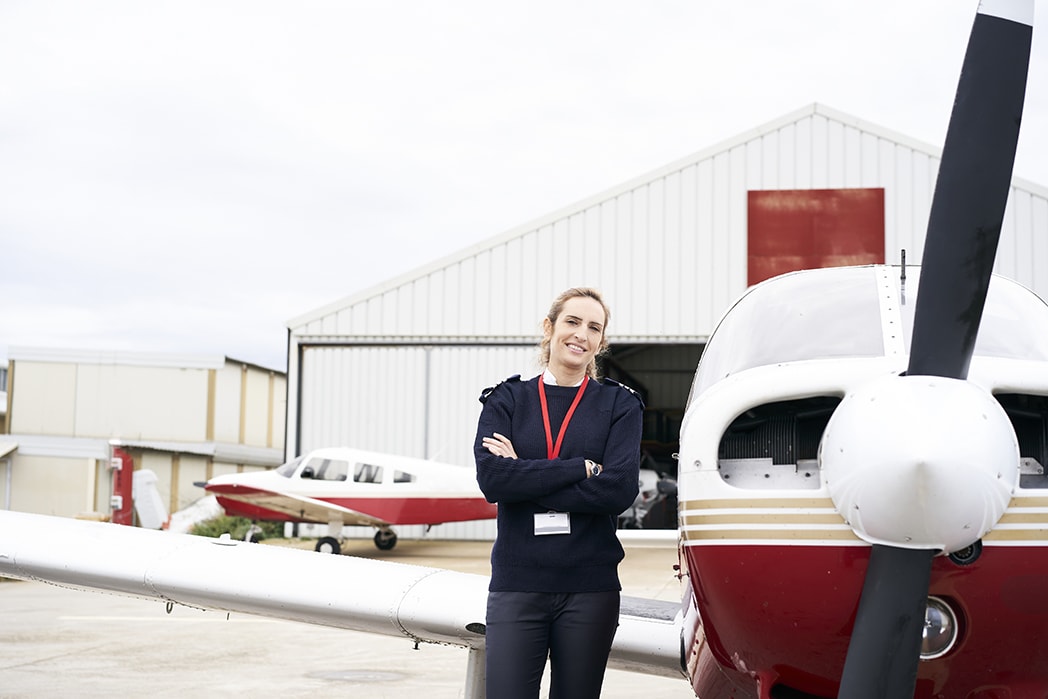
Part 141 flight schools have many benefits that makes them a good choice for aspiring pilot school pilots. These schools are scrutinized by the FAA to ensure they meet high standards. This regular evaluation maintains the quality and consistency of the training programs.
Many aviation employers prefer Part 141 trained pilots because of the structured and standardized training. This comprehensive training prepares students for various aviation careers, so they are ready to meet industry demands.
Experienced Instructors
Part 141 schools have certified instructors who are often more experienced and trained in both flight instruction and teaching methods. They have to be certified and trained regularly to ensure high quality instruction.
Learning from experienced and certified flight instructors is key to becoming a pilot. Certification, training and experience equals better instruction for students throughout their training.
Quality Facilities and Fleet
Many Part 141 schools have modern facilities and a variety of multi engine aircraft to fly. They have well maintained aircraft fleets and ground school that are updated regularly for safety and performance.
Having modern technology and well maintained aircraft gives students a better training experience. Quality facilities and a diverse fleet means students are prepared for all flying conditions and scenarios.
Efficient Training Programs
Part 141 programs are designed to be faster to complete which means higher success rates for students. The structured program allows for faster certification so students can get their pilot certifications sooner.
Colleges and universities offer pilot training through Part 141 sometimes as part of an aviation degree program. This integration allows students to get their education and training in a shorter amount of time so they are well prepared for their aviation career.
Financing Your Part 141 Flight Training
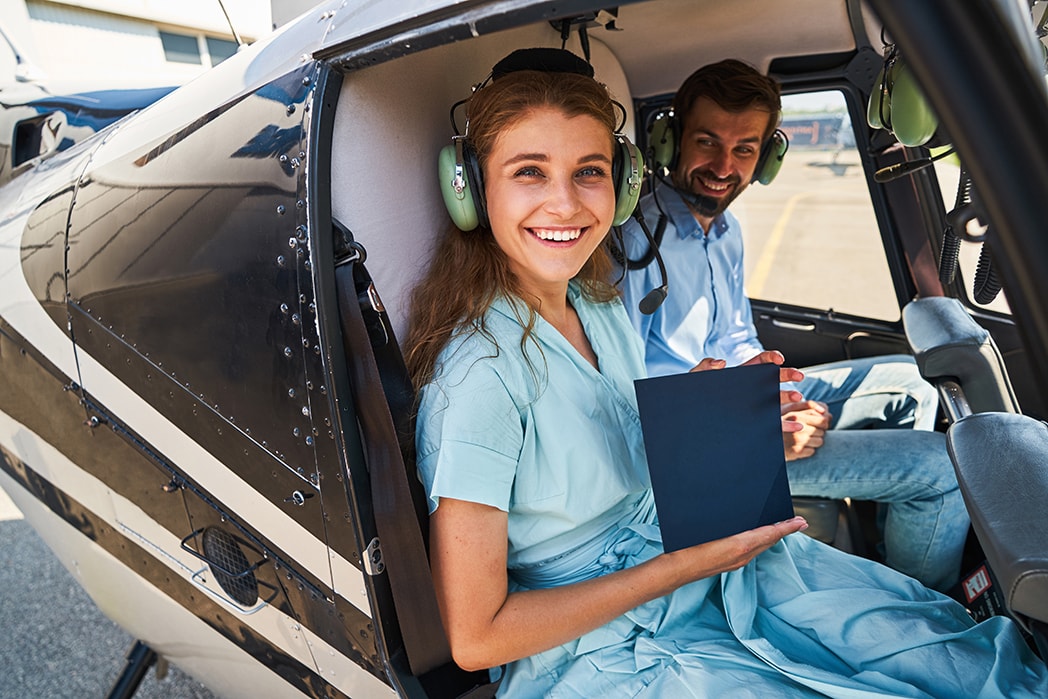
Financing flight training can be a big concern for many would be pilots. But there are options to help manage the cost. Service members and veterans can use the GI Bill for tuition assistance at Part 141 flight schools so it’s a great option for those who have served in the military.
Federal loans, private lending options and personal loans from credit unions and banks are other funding resources. Some flight school loans even cover living expenses so you have financial flexibility during training making it more fun.
And there are organizations that offer scholarships and grants to aspiring pilots so you can reduce your flight school costs and pay less overall.
International Students and Part 141 Flight Training
International students wanting to do Part 141 flight training in the U.S. must make sure the school is FAA certified and has structured programs.
These students can get M-1 Student Visas for Part 141 training through accredited flight schools in the U.S. so they can chase their aviation dreams.
Full time flight training programs for international students are 5 days a week, for courses like Private Pilot and Commercial Pilot. Many flight schools also offer accommodation so international students don’t have to worry about housing.
Transitioning Between Flight Schools
Switching between flight schools can be tricky due to different training structures and curriculums. Students moving from a Part 61 school to a Part 141 school may have additional requirements since Part 141 is more strict.
Not all flight hours completed at a Part 61 school will count towards a Part 141 school.
Students may need to go through additional evaluations or checks to meet the new school’s standards making the transition process time consuming and requires navigating administrative protocols at both schools.
Career Opportunities After Part 141 Training
Part 141 programs attract those who want a professional pilot career while Part 61 is more for recreational pilots. Part 141 graduates often become airline pilots due to the program’s airline oriented training and partnerships.
Many flight schools like ATP have hiring partnerships with major airlines so graduates have a direct path to employment.
Becoming a Certified Flight Instructor (CFI) is a common first job for Part 141 graduates so they can accumulate flight hours for airline transport pilot positions.
The structured training and experience from Part 141 programs makes a pilot more hireable in the aviation industry.
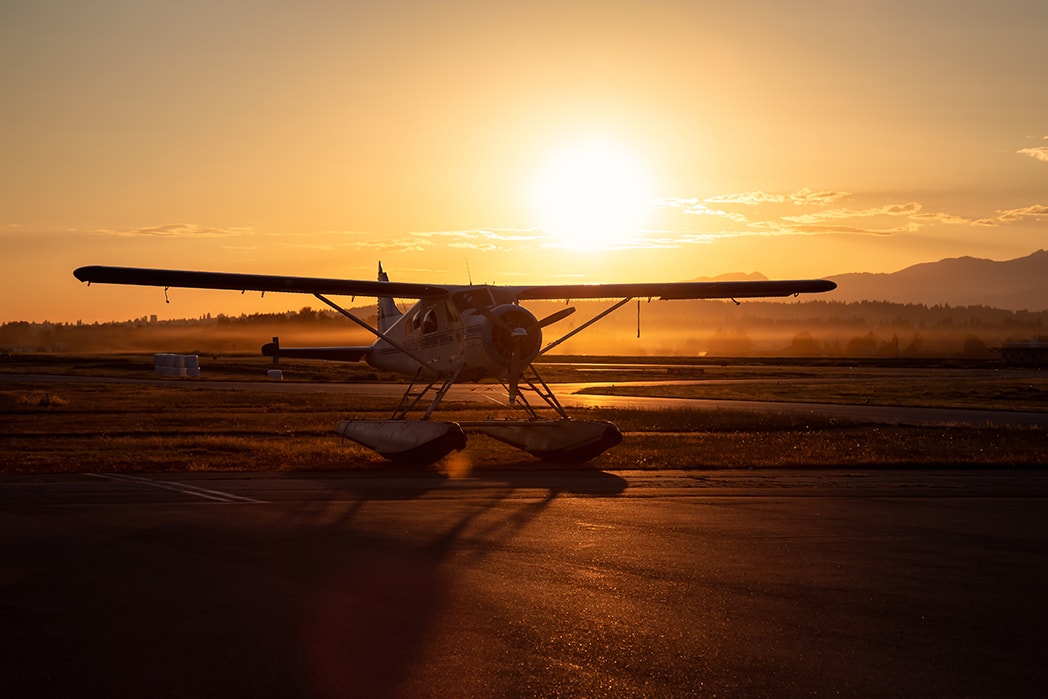
Summary
Choosing the right flight school is a big decision for any pilot. Part 141 has many advantages from a structured curriculum and reduced minimums to cost efficiency. Part 141 has it all.
Serious about a career in aviation? Part 141 is the way to go. The strict standards and FAA inspections ensure Part 141 schools deliver top quality training.
The comprehensive training, experienced instructors, modern facilities and direct job placement make Part 141 the way to go for those who want to excel in aviation.
International student, veteran or just transferring between flight schools? Part 141 is the clear and efficient path to achieving your aviation dream. So jump in, choose a Part 141 school and get started.
Frequently Asked Questions
What is Part 141 flight training?
Part 141 flight training is a regulated program that follows an FAA approved curriculum, so you get a consistent and high quality education as a pilot. If you like a more structured approach to flight training then this is a great option.
What are the main differences between Part 61 and Part 141 flight training?
The main difference is that Part 61 is more flexible and self paced while Part 141 is a structured syllabus with fewer flight hours required, so if you like a tailored approach go Part 61, if you want a more streamlined process go Part 141.
How many flight hours are required for a Private Pilot Certificate under Part 141?
You'll need at least 35 flight hours to earn your Private Pilot Certificate under Part 141, including both dual and solo time. It's a manageable goal to work towards!
Can international students enroll in Part 141 flight schools in the U.S.?
Absolutely, international students can enroll in Part 141 flight schools in the U.S. and get M-1 Student Visas for their training. It's a great opportunity for those looking to pursue aviation in America!
What career opportunities are available after completing Part 141 flight training?
After completing Part 141 flight training you have great career options like becoming an airline pilot, a Certified Flight Instructor or even access to airline sponsored training programs that can help financially. It opens up a world of possibilities in aviation!
